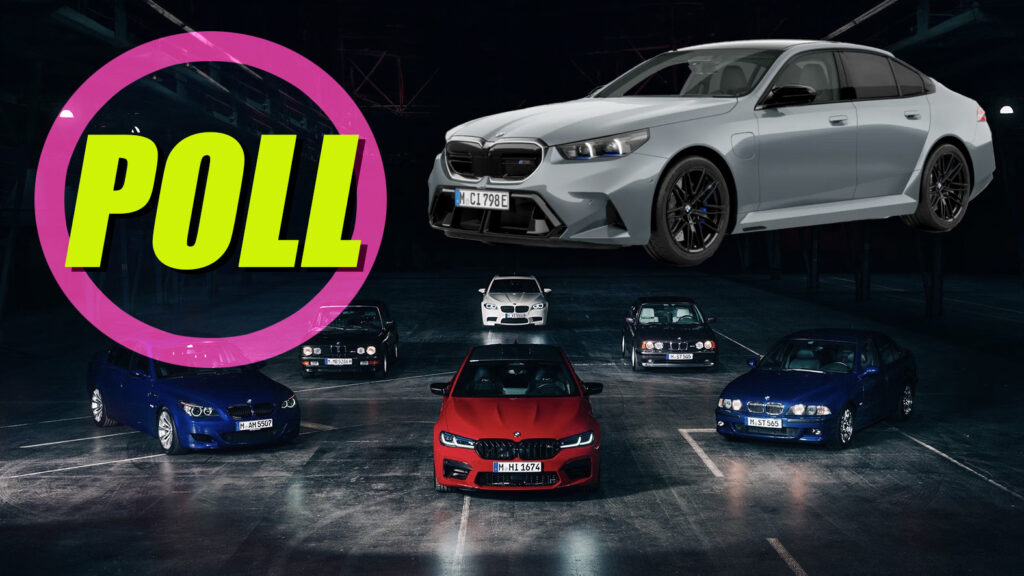- With a new BMW M5 introduced to the world, we take a trip down memory lane.
- BMW’s M5 lineup started in the early ’80s with the first-generation E28 M5.
- The latest G90 M5, features 717 hp — nearly thrice the amount the original offered.
We’re not sure how BMW expected their new F90-generation M5 to be received, but judging by the general chatter on the interwebs and, of course, the comments on our own articles, many of you seem to be a little disappointed. Not only is the new car slower on paper than its predecessor, but it’s also a lot heavier.
Whether that weight gain translates into a less engaging driving experience on the road remains to be seen. But one thing’s for sure: any perceived disappointment is only because the M5 has had a stellar record of exceeding expectations.
Indeed, this is one lineup of cars that has pretty much been all killer and no filler, with each generation laying down a benchmark for the super-sedan category to follow.
Read: 2025 BMW M5 Embraces Hybrid Power With 717 HP, But Is Slower Than Previous Gen
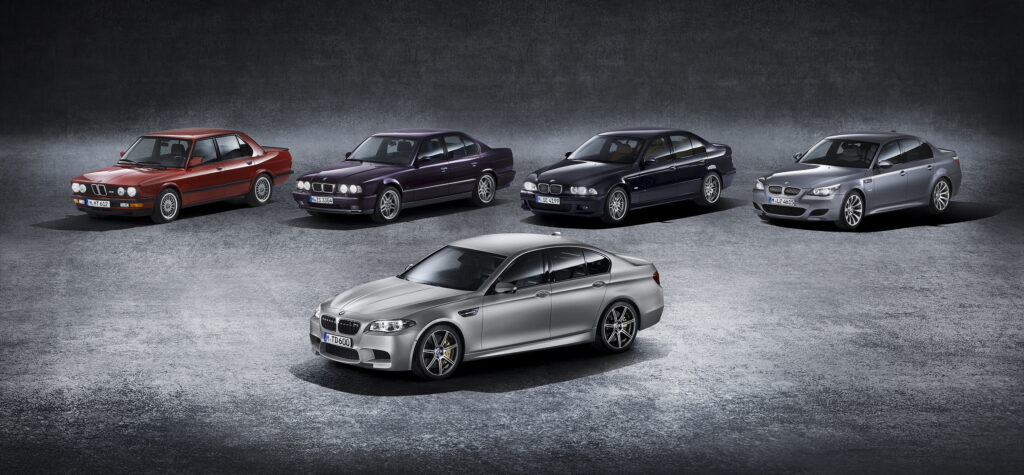
So that got us thinking: what is the best generation M5 to grace our roads? Was it the very first E28 that started it all? Or how about the only V10 entrant — the E60 M5, which, although flawed, made up for it in character? Heck, even the outgoing generation, with its extensive weight-saving and hair-razing CS version, was mighty impressive.
But before you cast your vote, let’s give you a quick refresher on what made each generation special.
E28 M5 (1984–1988)
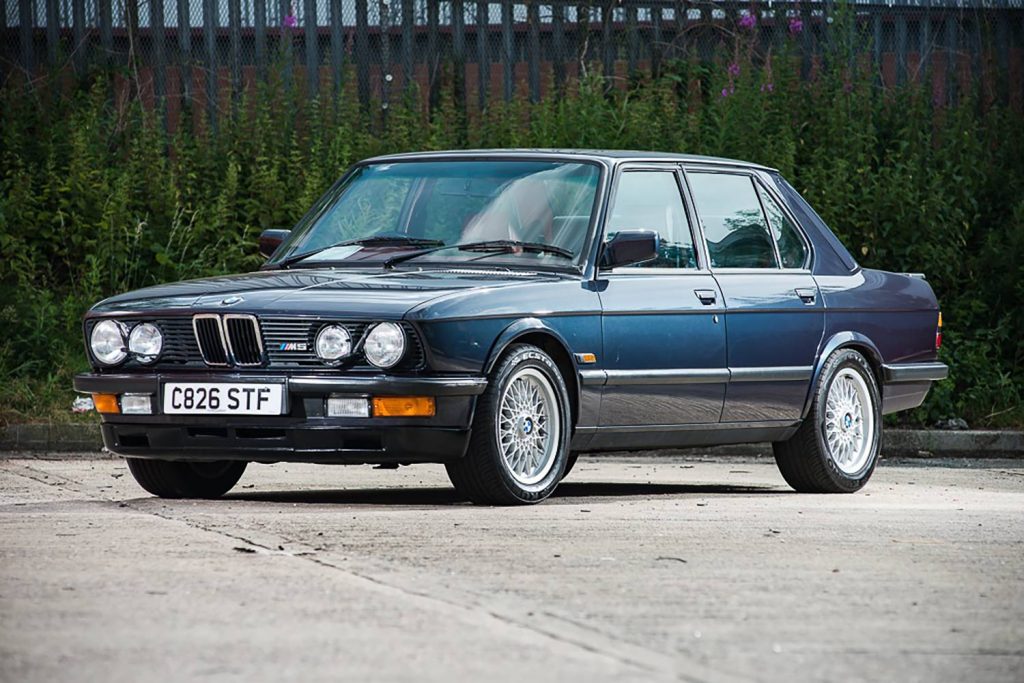
The “OG” M5 is now the stuff of legend. Back when it was conceived in the early ’80s, the idea of a fast four-door, while not completely original, was not one that was widely produced. The E28 M5 featured the 3.5-liter straight-six engine from the M1 supercar. While it “only” had 280 hp, that was a serious amount of power back then for any car, let alone something you could quite happily cart your family around in.
Read: Rare 1986 BMW M5 E28 Individual Was A Press Car, Can Be Yours Now
Of course, it wasn’t just the engine that was upgraded. You got larger four-piston calipers, revised suspension settings, and some figure-hugging sports seats. The E28 M5 was perhaps the most restrained in the styling department. You’d have to know what you were looking for to identify one on the street — a quality that gradually began to fade away over the years.
E34 M5 (1988–1995)
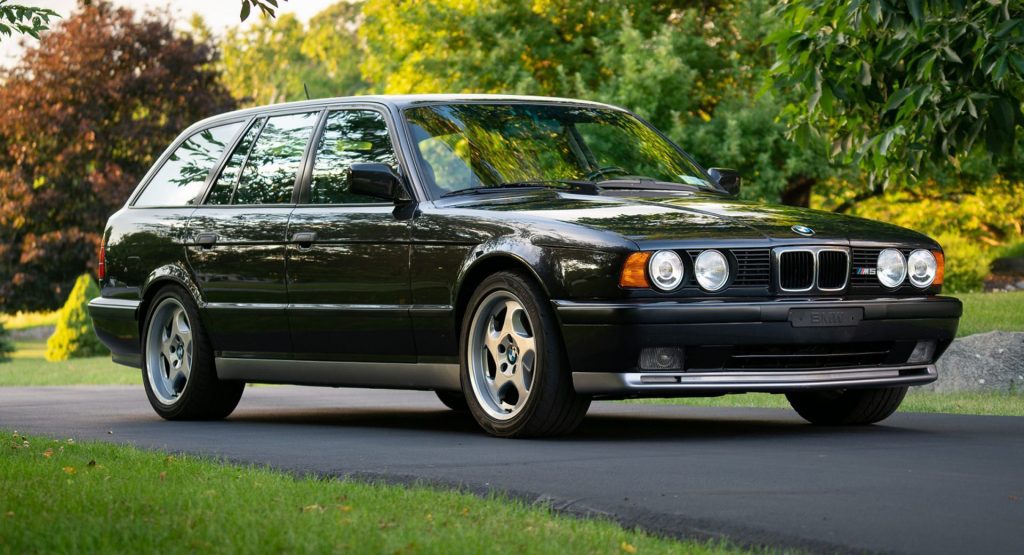
The E34 M5 may have been the most unloved generation of 5er. Think of it as BMW’s difficult second album. That said, values are slowly starting to creep up, and on paper, there’s nothing wrong with the old E34. It retained the six-cylinder concept, with a new engine that increased displacement to 3.6 liters or 3.8 liters on later cars.
The E34 was also the last of the hand-built M5s and the first to offer the much-coveted Touring, aka wagon, variation of this high-performance family hauler. Visual upgrades included some rather fetching directional and functional “throwing star” alloy wheels (early cars had even more functional “turbines,” which were discontinued due to complaints that they looked, well, meh), a body kit, and a rear spoiler. Again, all rather restrained.
E39 M5 (1998–2003)
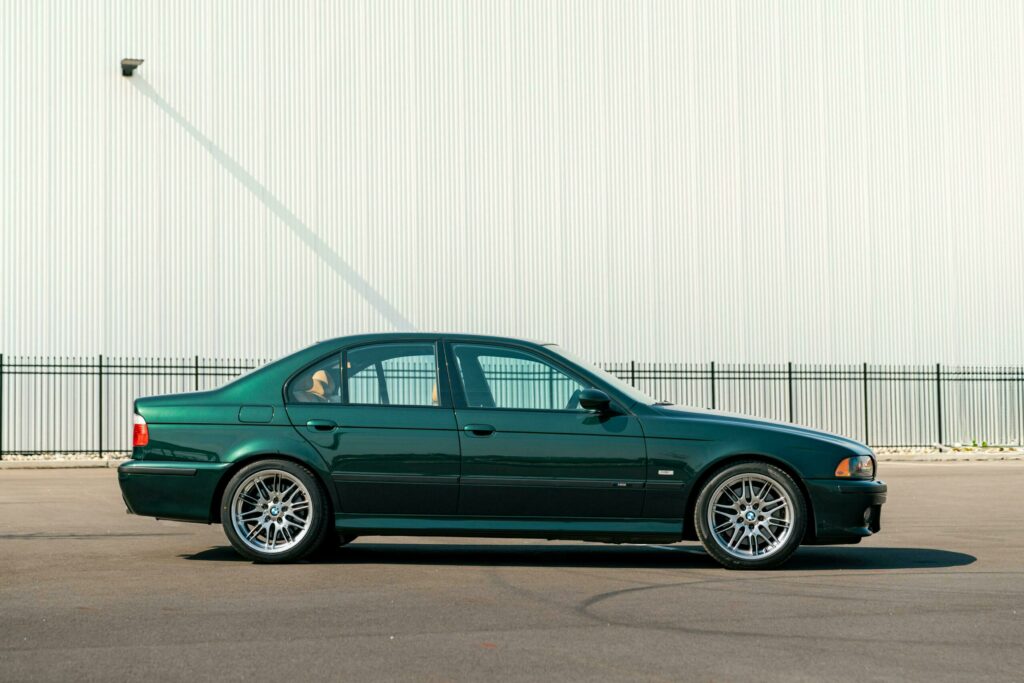
This is the one that tops the charts of most surveys. The E39 M5 was the first to embrace a V8 powerplant, with a 4.8-liter S62 engine outputting a tasty 400 hp and 369 lb-ft of torque. The 0–62 mph (100km/h) time was now down to just 4.8 seconds in a car that, ostensibly, was still a luxury four-door sedan with plenty of fine wood and supple leather to keep you cocooned away from the world.
Read: E39 BMW M5 In Mint Condition Is Tempting, But Is It Worth More Than A New M3?
Of course, much like how we may bemoan the latest M5’s move to hybrid power, people complained that sacrificing the traditional straight-six for a V8 was sacrilegious. Perhaps the only element of criticism that could be upheld in that debate was the fact that, due to underhood space constraints, the E39 M5 had to forgo the better rack and pinion steering of the lesser models, having to retain the less communicative steering box instead.
E60 M5 (2004–2010)
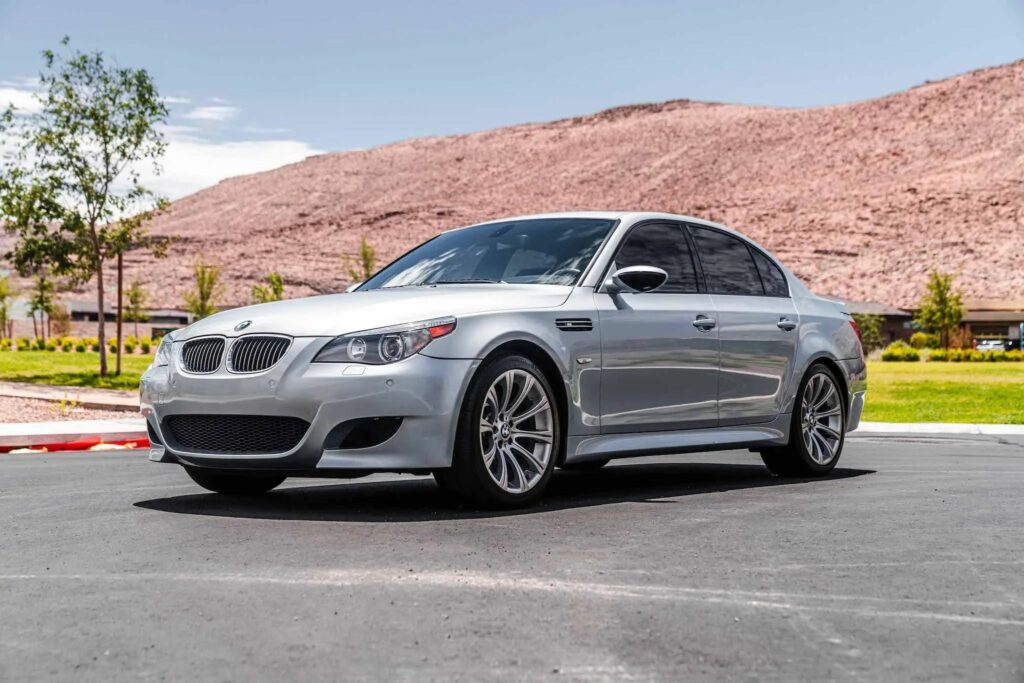
At this point, BMW could quite happily have slapped a turbo on the E39 M5’s V8 and called it a day. Instead, they decided to up the cylinder count once again with a V10—and not just any V10 (not that any ten-cylinder engine in a sedan is to be sniffed at), but one inspired by the company’s Formula 1 program.
If you’ve ever had the chance to drive one, you’ll know that the E60 generation of M5 had its flaws. But the sonorous soundtrack of that engine made up for it all. This gen also introduced the “M Button” on the steering wheel. For normal driving, the engine was limited to “just” 400 hp. Push the button, though, and 100 extra horses were called into action, giving you 500 hp and a 0–60 mph time of 4.1 seconds. Oh, and did we mention there was a Touring variant too?
F10 M5 (2011–2016)
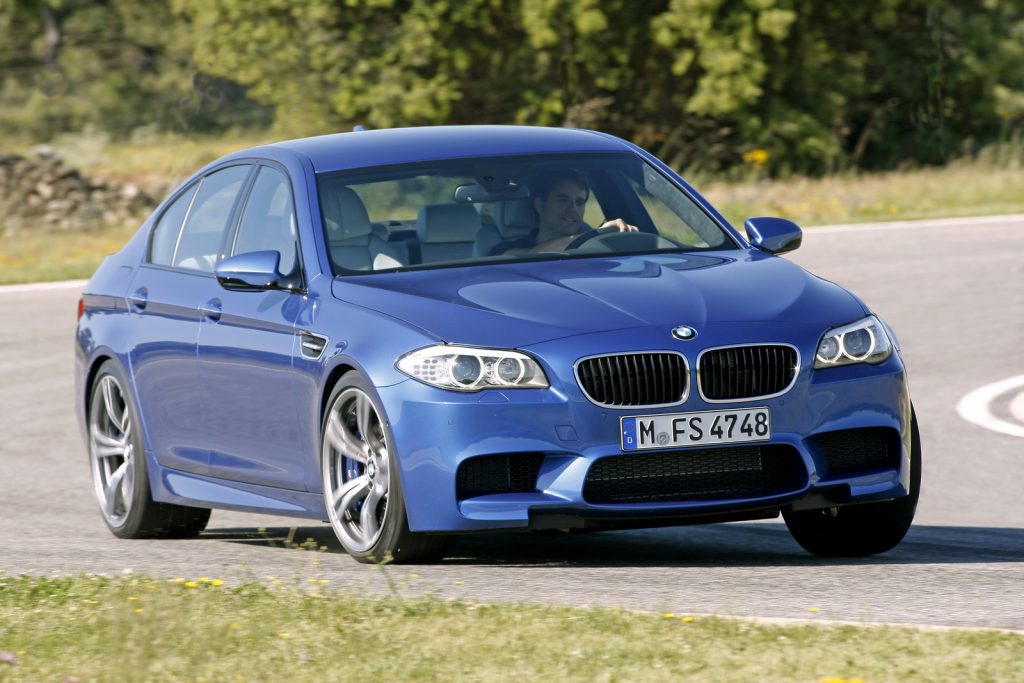
Having put it off for this long, it was only a matter of time before BMW decided to introduce turbo power to the M5 lineup. For the naturally aspirated zealots out there, the F10 was considered a step backward, lopping off two cylinders to return to a V8 engine and reducing the displacement to 4.4 liters.
However, we doubt anyone would argue that the F10 M5 was a step up from the E60 in just about every other department. It was more polished and refined, and it generally didn’t want to bankrupt its owners in the same way that the E60 threatened to (and often did). The F10 ended up being the last rear-wheel drive M5, offering 550 hp and a 0–62 mph (100 km/h) time of 4.4 seconds.
F90 M5 (2017–2023)
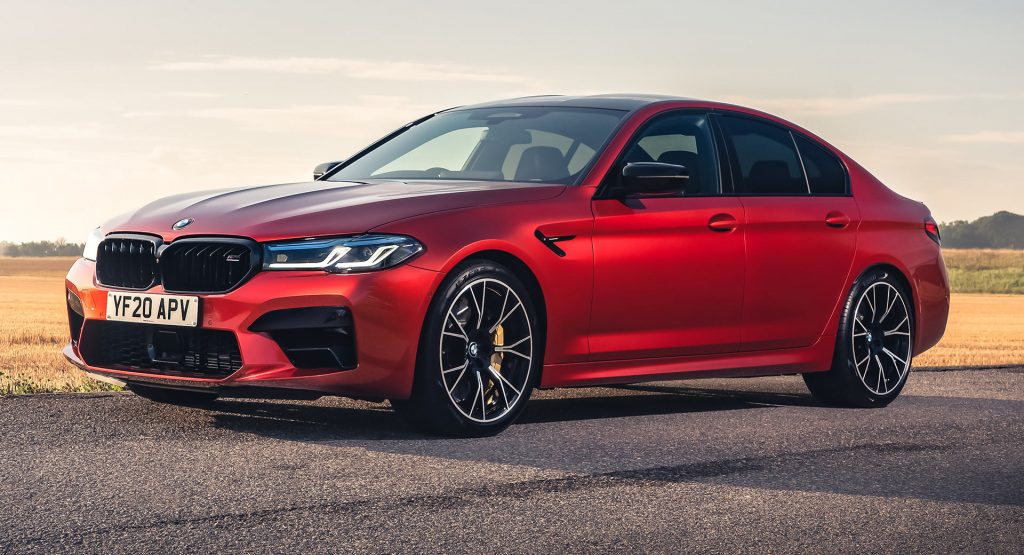
Whether they liked it or not, we suspect that BMW had to move this generation of M5 to an all-wheel drive platform. Audi had been snapping at their heels with the RS6 for some time, while Mercedes’ fast-sedan offering, the E63, also made the jump.
But if BMW were going to go all-wheel, they would be doing it on their terms. Not only was the system rear-biased, but you also got a drift-friendly rear-wheel drive-only mode that kept the purists happy. And despite the added weight of the all-wheel drive gubbins, the F90 was actually lighter than its predecessor, thanks to extensive trimming in all areas.
Then came the M5 Competition: a hard-core track-inspired racer that upped the ante again, with 616 hp (versus the standard 592) and a 0–62 mph (100 km/h) time of 3.3 seconds. And just when you thought it couldn’t get any better, the limited M5 CS came along, with 626 hp and a 0–62 mph (100km/h) time of just 3.0 seconds.
G90 M5 (2024 onwards)
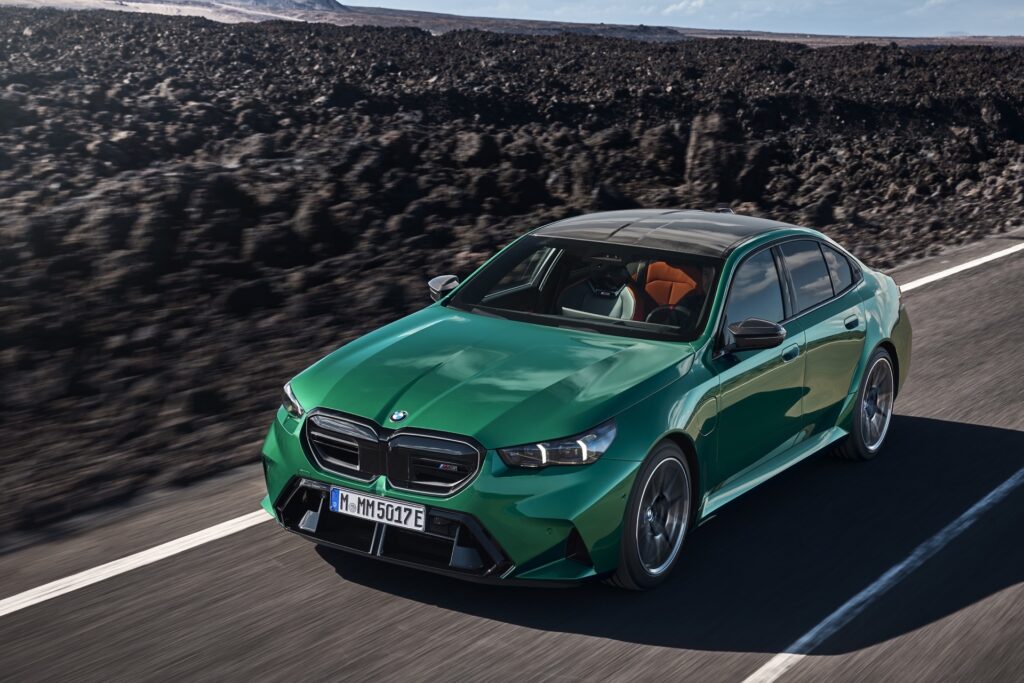
Yes, the headlines are all about the massive (1020 lbs) weight gain that the G90 has over its older F90 sibling. However, credit where credit is due, 717 hp and 738 lb-ft (1,000 Nm) are mighty impressive numbers. We’re yet to drive the G90 M5 but it’s hard to imagine it’ll be bad. We’re also keen to see how the lag-free electric motor integration is employed in the real world, away from the on-paper spec wars.
More: 2025 BMW M5 Weighs 1,000 Lbs More Than Its Predecessor, Is Heavier Than Many F-150s!
But yes, it’s slower than its predecessor, taking 3.4 seconds to reach 62 mph (100 km/h) compared to 3.2 seconds, and it still somehow weighs more than many EVs. Perhaps time will be kind to the G90 M5—after all, we’re virtually guaranteed even more powerful versions down the line. However, we suspect it won’t be enough for the G90 in this poll.




